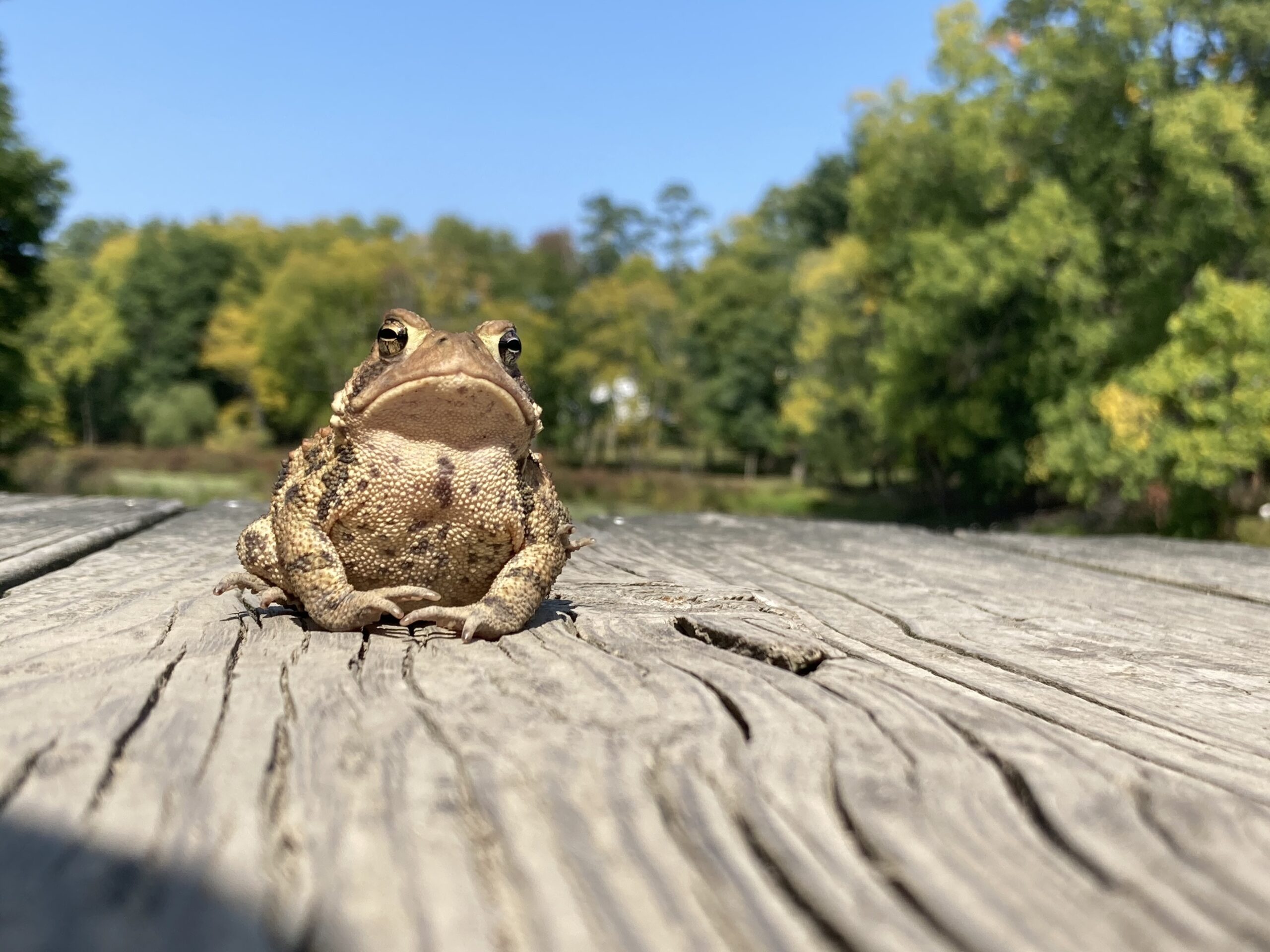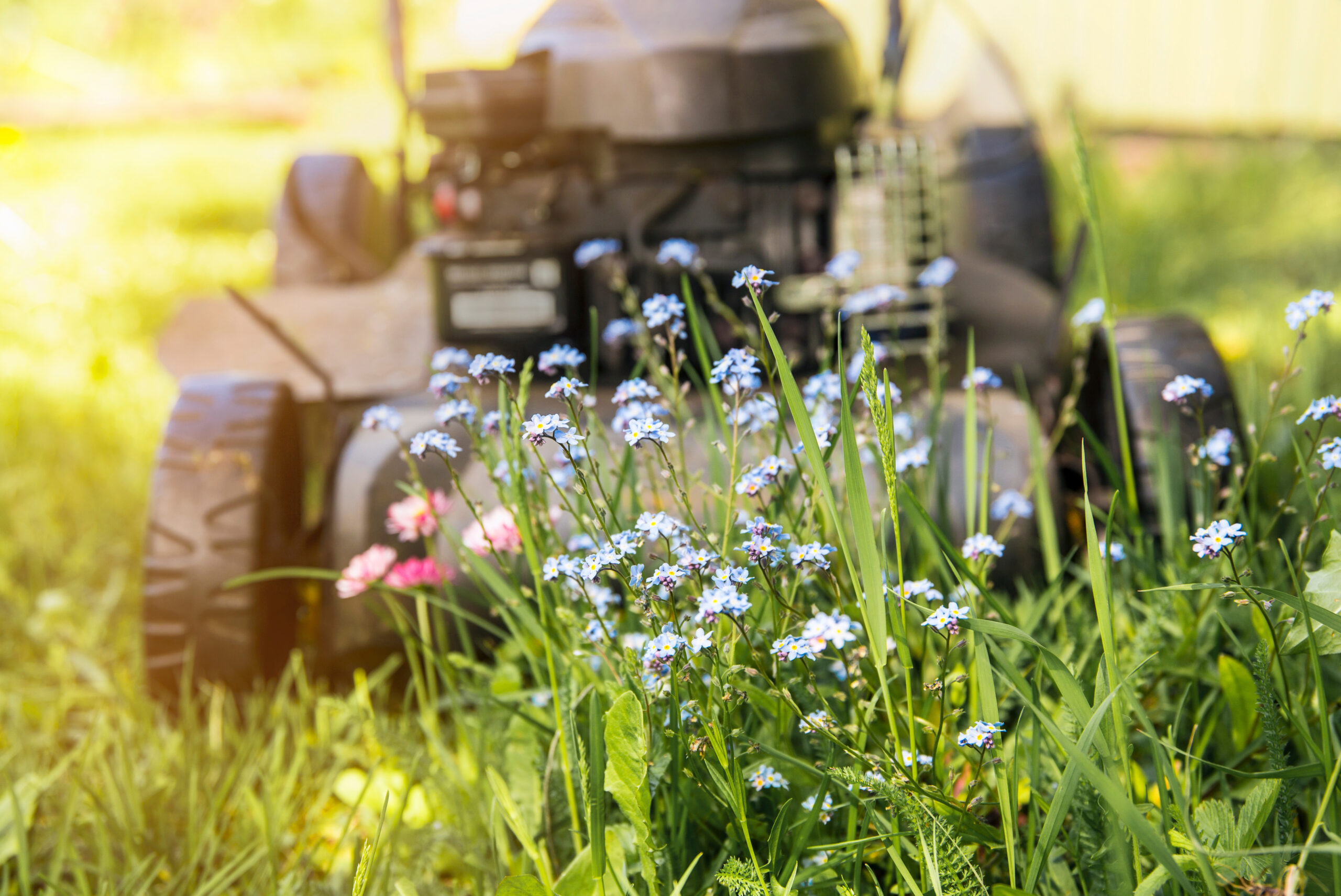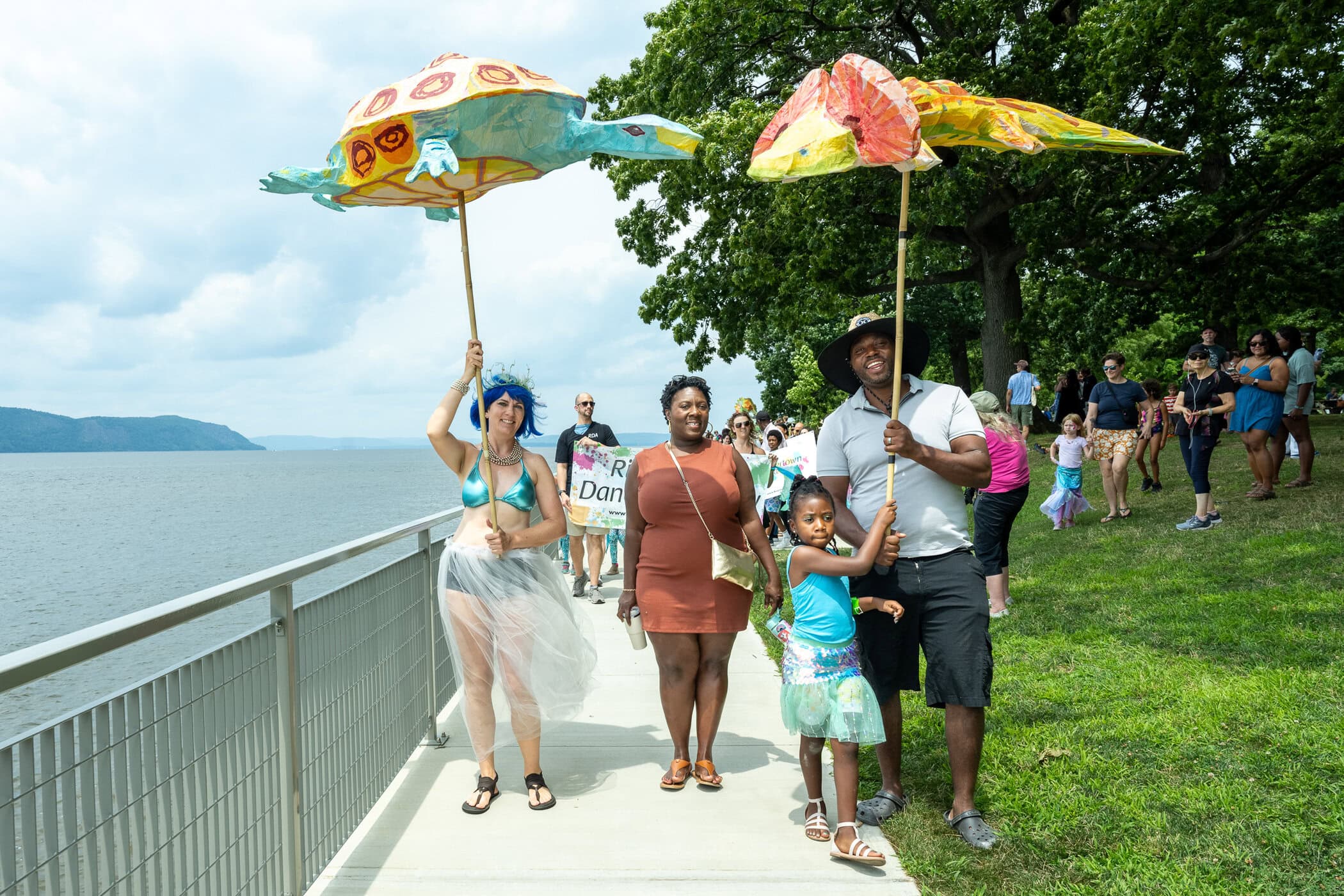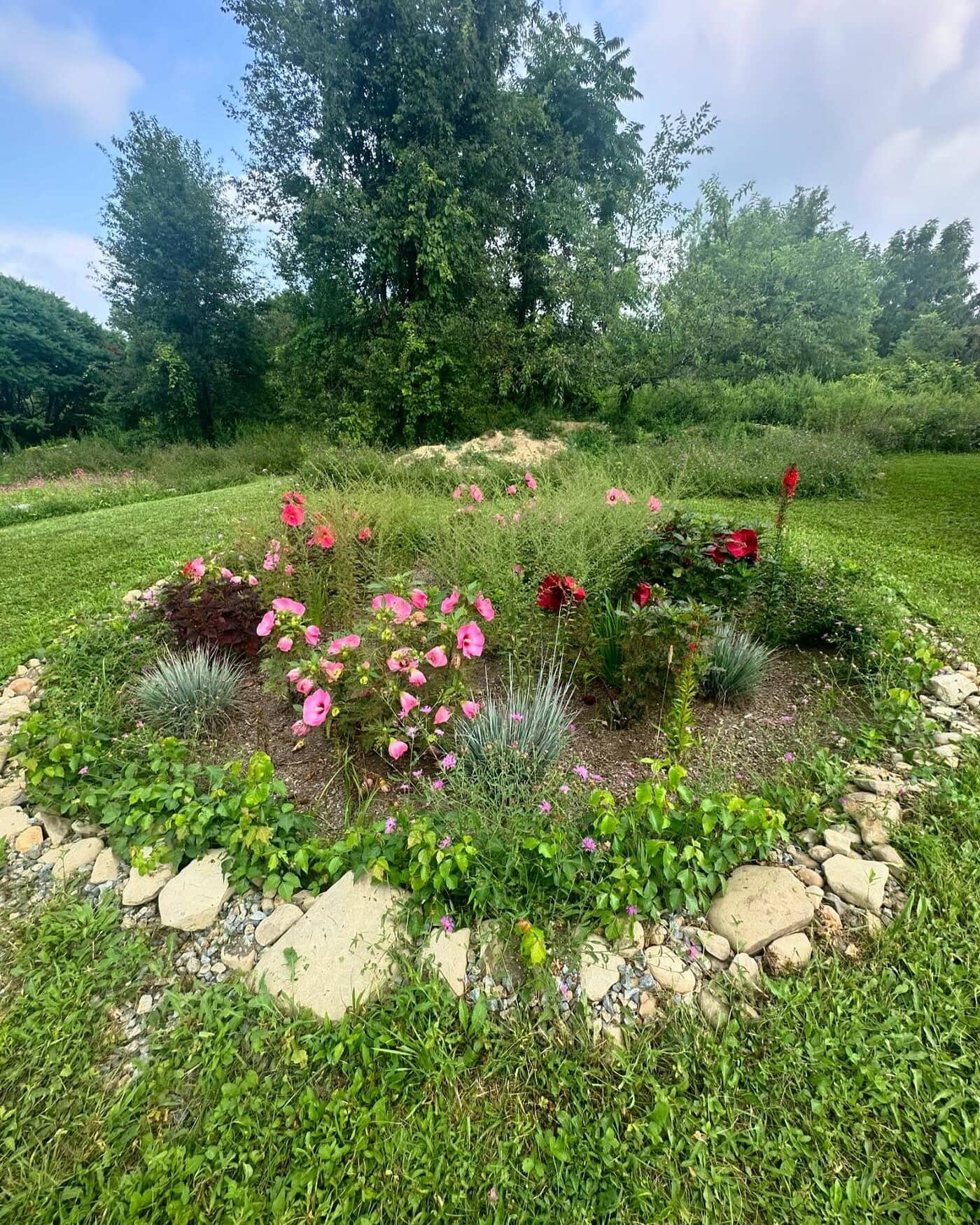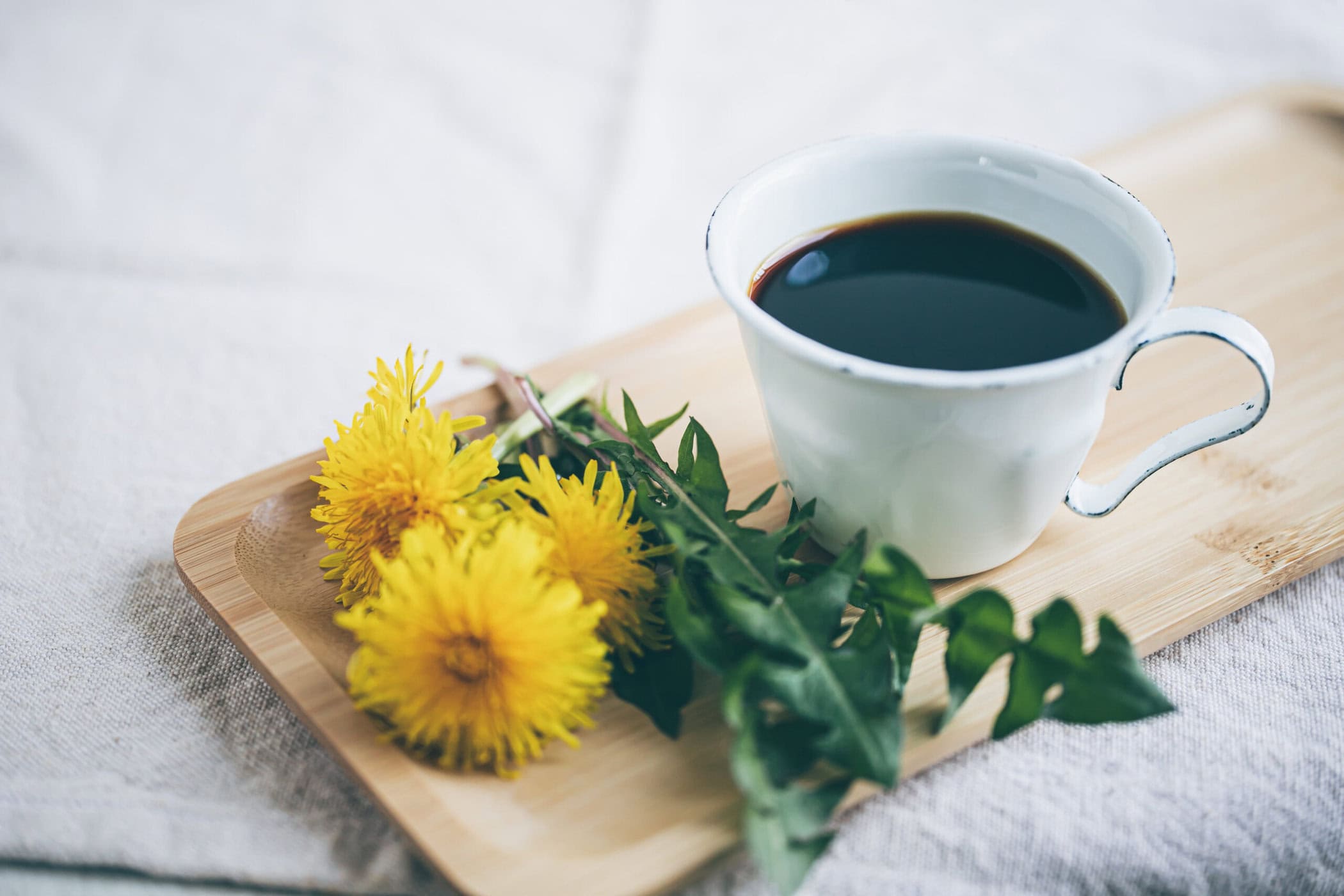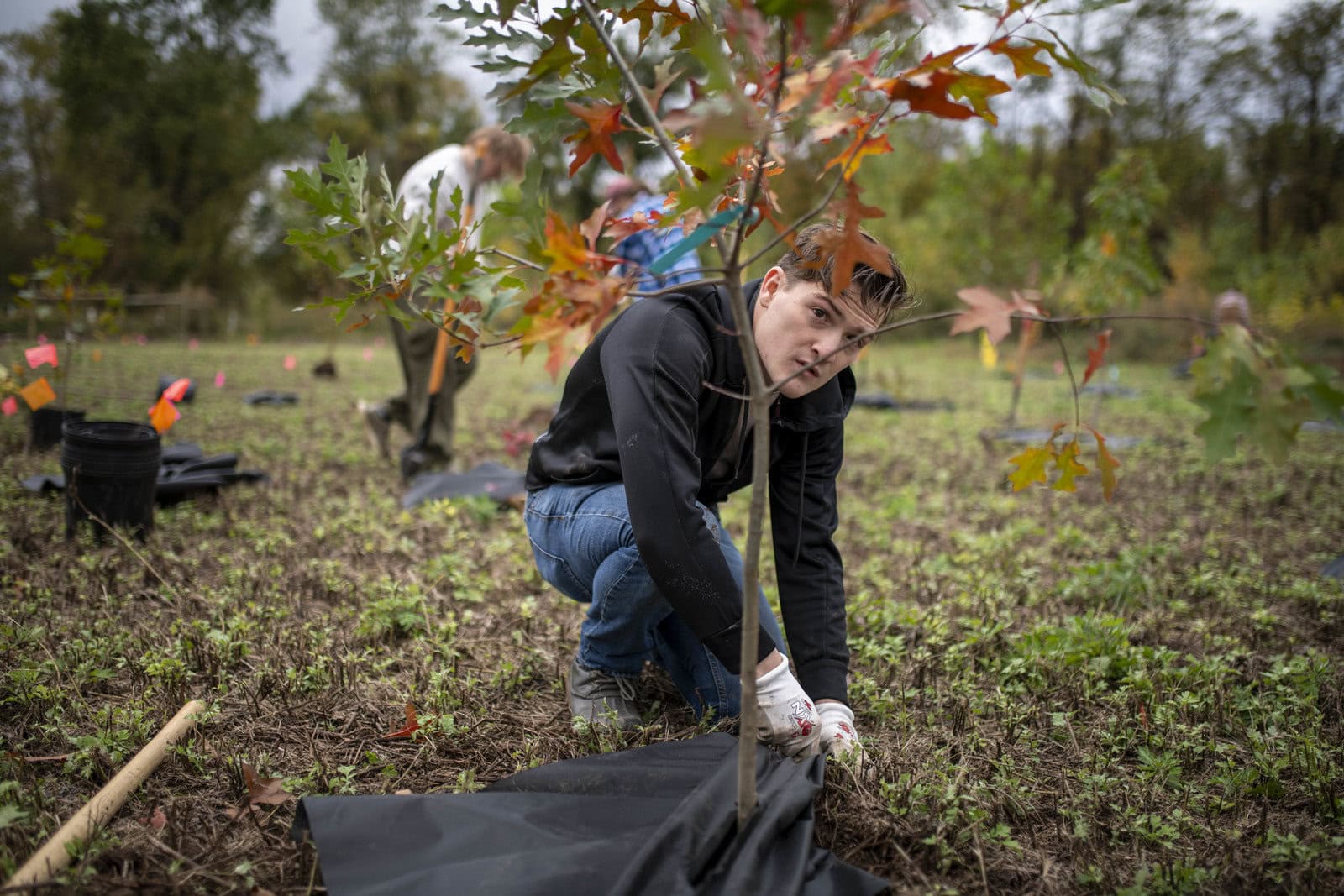You’ve already brought reusable mugs, purchased locally in bulk and maybe even started composting. Now New York sustainability and travel blogger Kemi Ebah, who tries to maintain her low-waste lifestyle on frequent Hudson Valley jaunts, has ideas for taking your trash-reduction to the next level.
Ebah recommends going deeper into the low-waste journey step by step, as she did starting in 2016. She began the way many have: by refusing plastic bags and carrying foldable, reusable bags with her. She also invested in a shopping trolley for bulk grocery shopping, which helped a lot.
Mostly, though, it hasn’t been about buying fancy new gear. Reducing waste also makes Ebah more innovative, conscious and ultimately money-saving, she says. She hasn’t bought clothes in 13 months, and the last time she did, they were thrifted. In the kitchen she saves scraps for compost, repurposes veggies for stock or soups, makes smoothies from softening fruits and buys “ugly” produce that would otherwise have been landfilled.
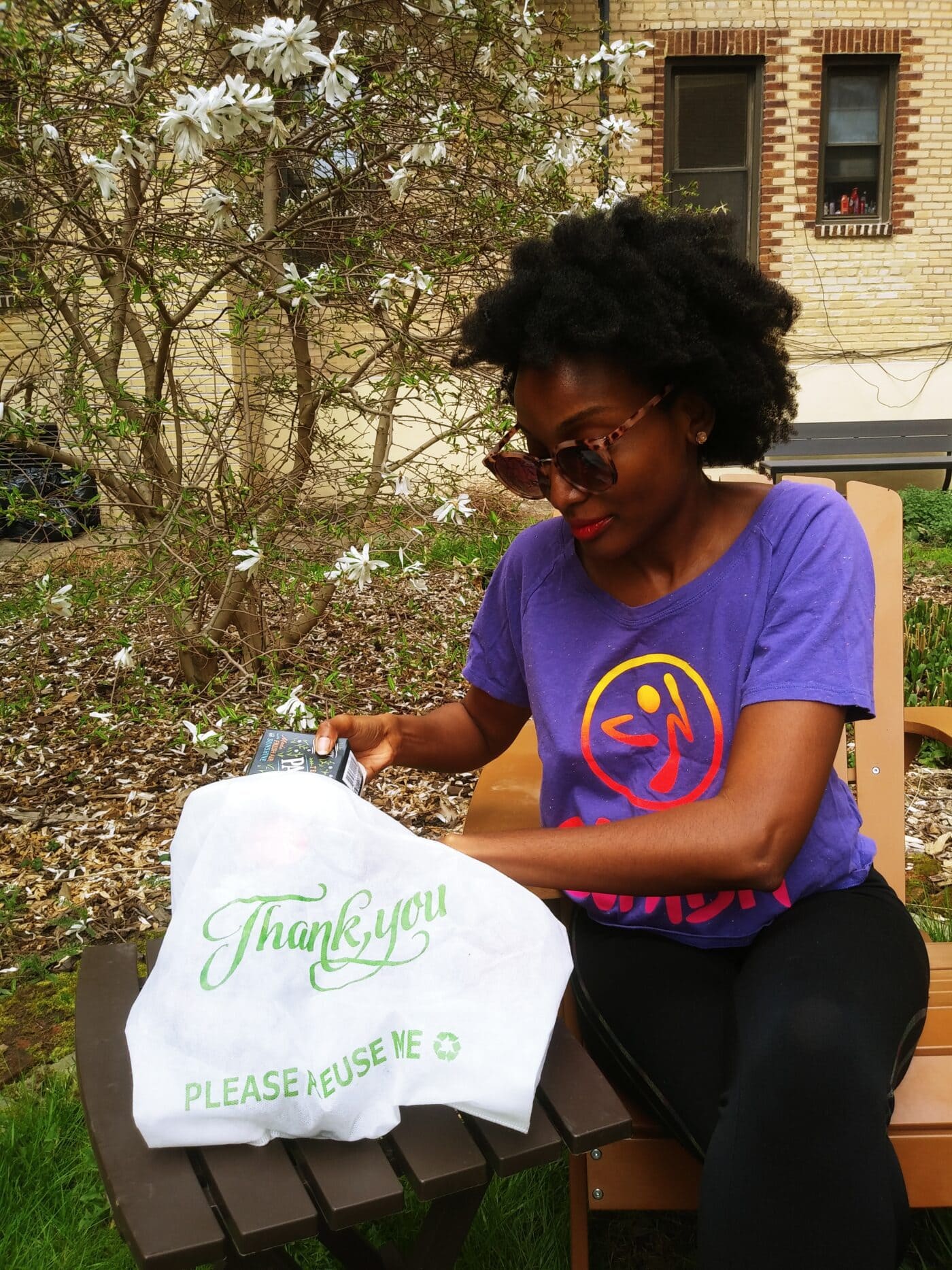
Conducting a personal waste audit is a great way to deepen your commitment, Ebah says. Target aspects of your life area by area, depending on what inspires you to improve. “Think about the areas you generate a lot of waste,” she says. “Is it in the kitchen, getting takeout, random plastic gifts or souvenirs? Then, pick an area you feel comfortable making changes in and something you feel you can enjoy doing, too.”
Here are more creative ideas from around the Hudson Valley that go beyond the obvious:
Ditch wrapping paper for furoshiki. Instead of using often-hard-to-recycle wrapping paper for gifts, consider furoshiki, the Japanese art of presenting gifts beautifully by tying them in cloth. Rather than buying new fabric, you could even use material from an old T-shirt or sweater and tie it in a style you like.
Start a bokashi bucket. You may already be composting the easy stuff — like leaves, fruits, veggies and brown paper — in a regular compost bin or pile. Get meat and dairy in on the action with a bokashi bucket, which uses special flakes to essentially ferment otherwise hard-to-compost material. A bokashi bucket must be airtight, so you don’t have to worry about any odors. And you can even make your own bucket, or use a basket made from cane instead of plastic.
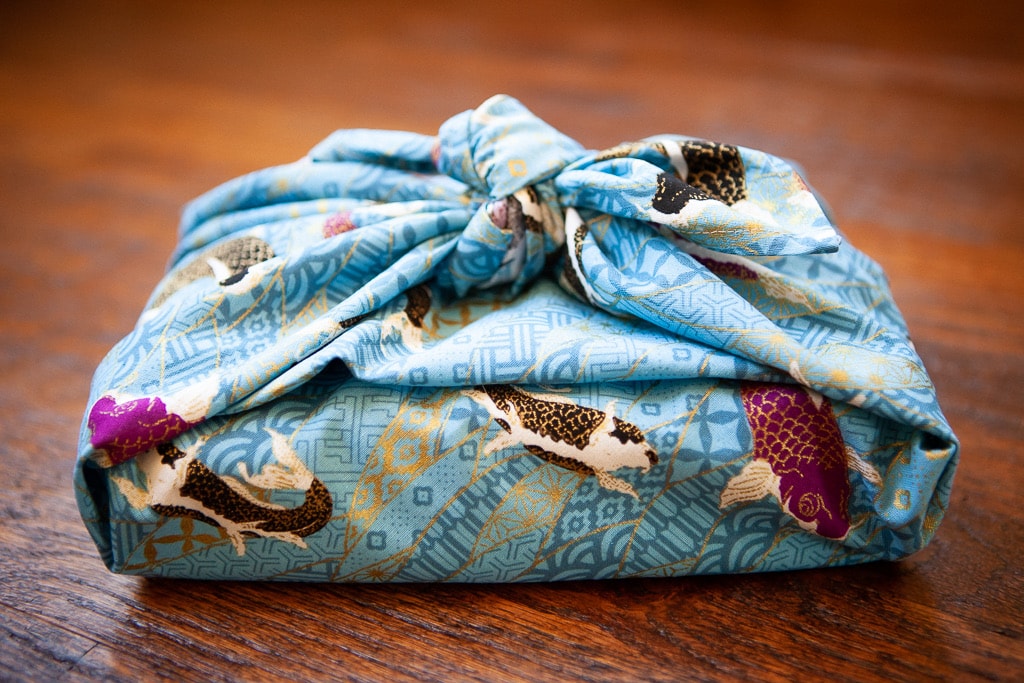
Lose the garbage bags. Yes, life without plastic trash bags — the one type of plastic bag even many cloth grocery-bag converts still lean on — is possible. Try lining the bin with sheets of newspaper or use certified compostable bin liner bags. Alternatively, use a naked bin, which involves skipping liners and washing out the bin as needed.
Use beeswax wrap. Instead of using clip wrap to cover food or plastic containers, consider reusable beeswax wrap that’s fully washable with alcohol-free soap and cool water. Most beeswax wraps are made from organic cotton, beeswax, jojoba oil or tree resin. Many last for about a year, after which they can be composted.
Carry collapsible bags. It’s so easy to forget to bring reusable grocery bags. Outsmart yourself by keeping a few collapsible ones stashed in your backpack or handbag so you’re never caught without.
Cook with scraps. Instead of throwing out the peels and tops of vegetables like radishes and carrots, freeze them and use in salads, soups or frittatas. Check out Grace Farms’ Cook Without Waste food blog for recipe ideas.
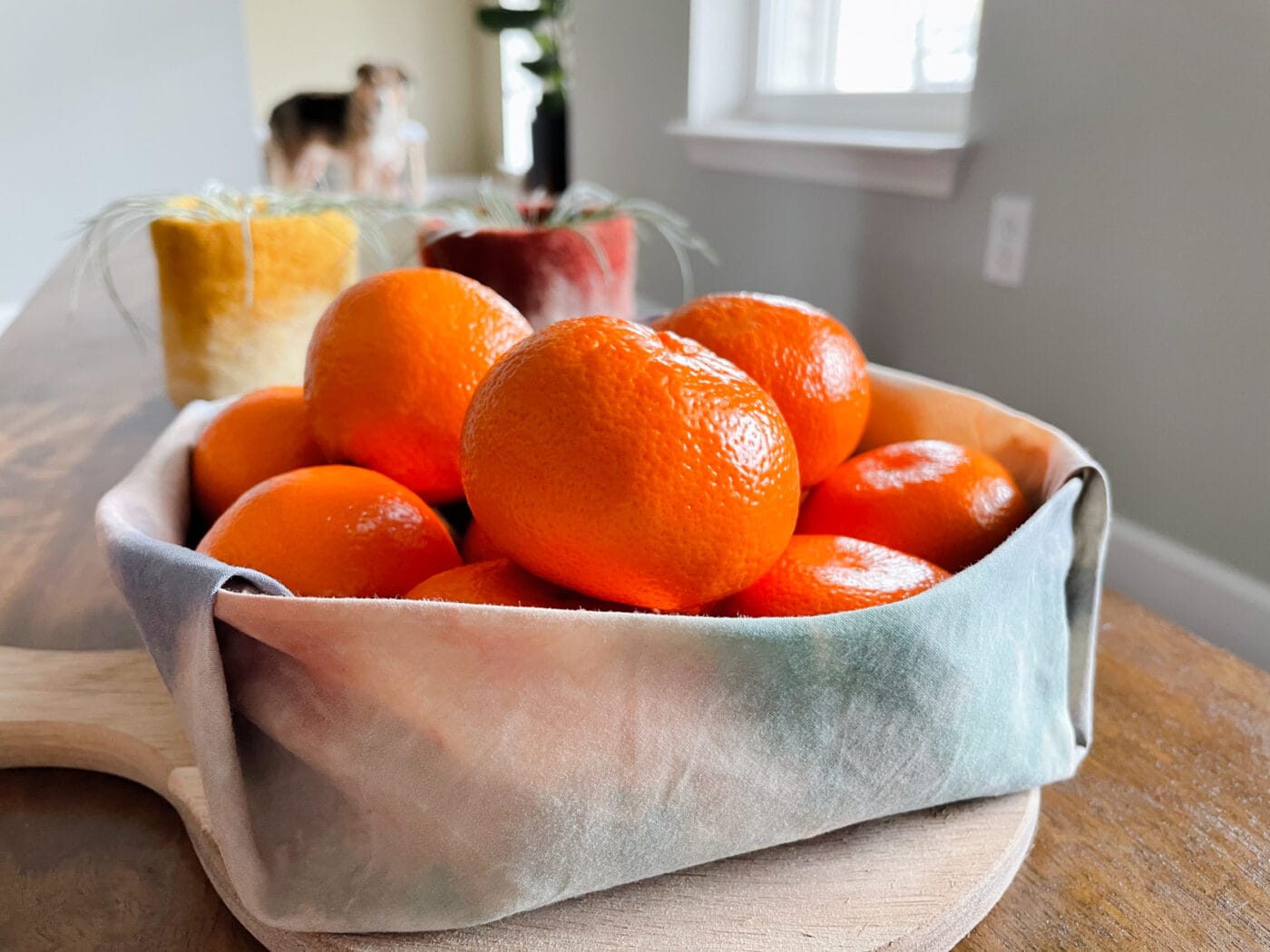
Go first in, first out with groceries. As you unpack groceries, don’t put the new stuff in first. Shift the older foods to the front of the fridge, freezer or pantry and put the fresh-bought ones in the back. This will make you more likely to use perishables before they expire. Oh, and want to extend the shelf life of your leftovers? Set your fridge temperature to 37 Fahrenheit to maximize the lasting power of foods.
Ditch dryer sheets. Traditional dryer sheets are made with perfumes and chemicals. They are also not reusable and end up in a landfill. To reduce waste, consider making your own dryer balls at home with wool yarn. In addition to saving you money on your utility bills due to less drying time, yarn dryer balls help to naturally soften clothes.
Convert garbage to playtime. Instead of buying new toys made of plastic, make playtime a fun activity for kids by encouraging little ones to make their own crafts with items that already exist in the house. Examples include paper roll binoculars made from toilet tissue rolls or a bird feeder made from a laundry detergent container.
Hang clothes out to dry. A dryer is one of a building’s biggest energy hogs. In winter, set up drying racks indoors if you’ve got a basement or unused corner, and in summer, hang your clothes outside to dry. You don’t even need a backyard — apartment balconies work great for a line.
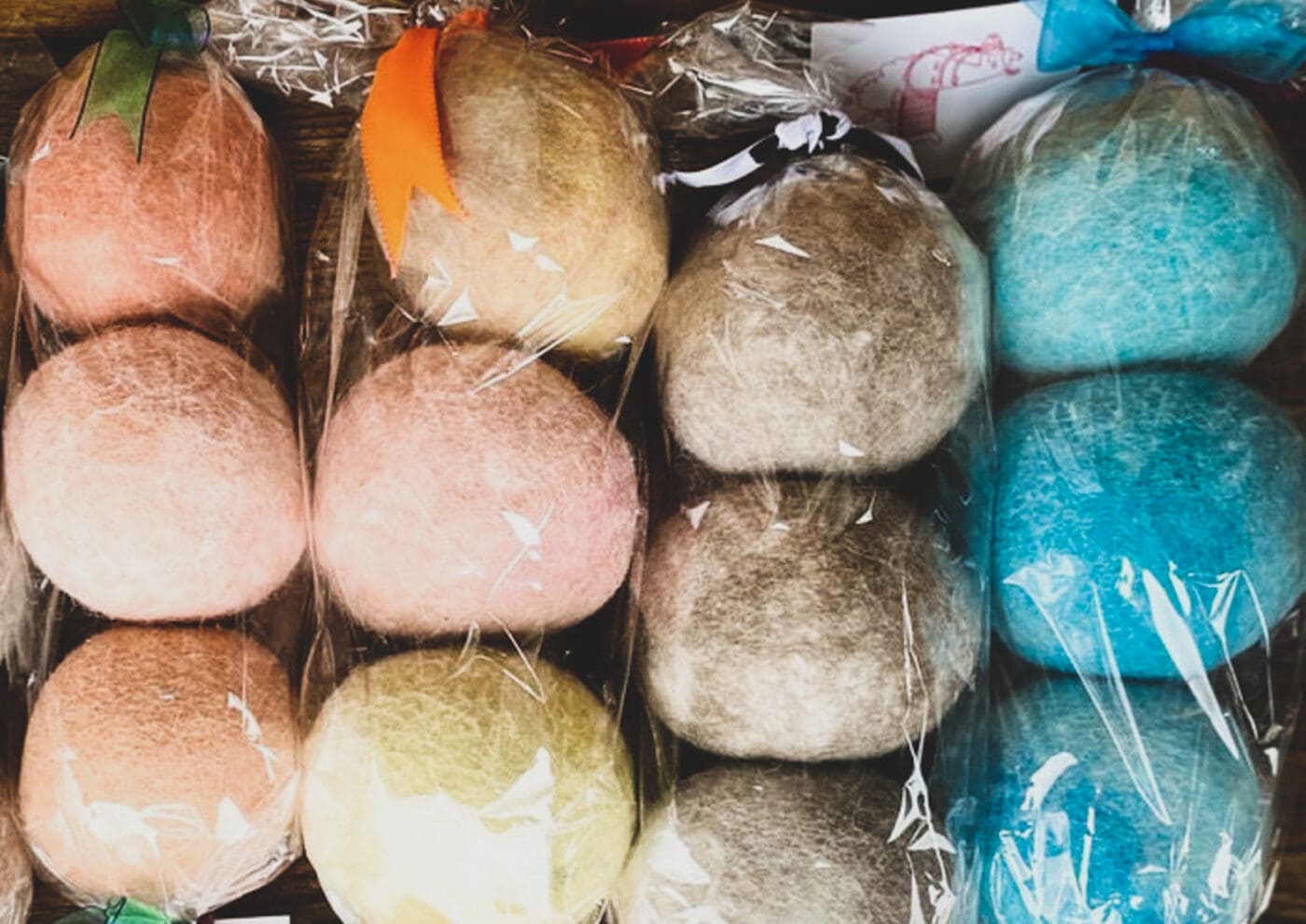
Be an example. Your own personal changes may not feel like much — but every time you pull out a mesh produce bag or hang your clothes on a line, you’re normalizing these practices and inspiring people around you. And individual efforts do add up — keep in mind that classic headline from The Onion: “‘How Bad For The Environment Can Throwing Away One Plastic Bottle Be?’ 30 Million People Wonder.”
Take it public. Ask businesses and elected officials how they’re reducing waste. Requests for less packaging and beyond will signal to organizations that there’s demand for change, and inspire them to meet that demand. Shifts in small businesses, corporations, government, and even events can take zero-waste to scale, but it takes bottom-up demand to shift top-down policies. It all starts with you.


